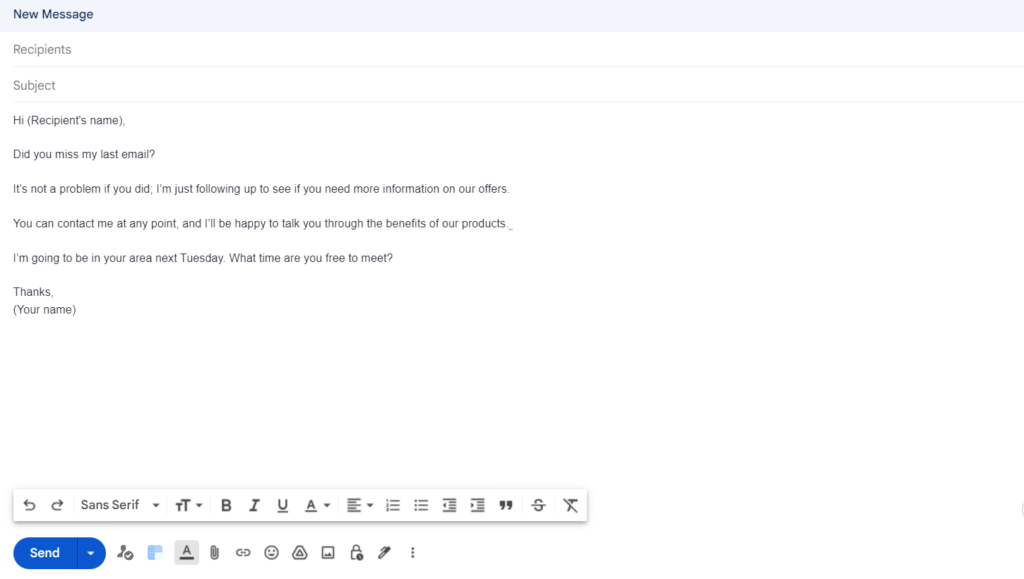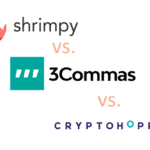Opening your marketing emails is challenging in the crowded digital landscape. However, high open rates are crucial for driving engagement, clicks, and conversions from your email campaigns. This comprehensive guide will explore outbound available rates, why they matter, and most importantly – 11 proven ways to increase those open rates significantly.
Table of Contents
What Are Outbound Email Open Rates?

Outbound open rate is the percentage of total recipients that open your email message. For example, if you sent a campaign to 1000 subscribers and 500 opened it, your open rate is 50%.
This metric comes from outbound emails – marketing messages from your business to your mailing list. It differs from the inbound open rate, which measures emails sent to you, like sales inquiries.
Tracking opens is essential for gauging interest and engagement. You won’t get clicks or conversions if no one opens your emails. Benchmarking open rates helps identify weaknesses in subject lines, sender reputation, content, timing, and more.
Why Do Open Rates Matter for Email Marketing?
Beyond the obvious value of having your messages read, open rates impact your marketing results in multiple ways:
- Deliverability: Open and click data signals engagement to inbox providers. Higher opens improve future delivery rates.
- Relevance: Low opens mean content is not resonating. You can optimize topics and messaging to match subscriber interests.
- Subscriber health: Declining open rates may indicate inactive subscribers. You can reengage or remove them to improve metrics.
- Optimization: Comparing open rates between campaigns highlights what subject lines, content, and tactics perform best.
- Inbox placement: Gmail and other providers factor open rates into tabbed inbox algorithms. Higher opens increase prominence.
- Reporting: Open rates are a benchmark for email success and ROI reporting.
The benefits are clear. Next, we’ll explore proven ways to capitalize on those benefits by boosting your open rates.
How to Benchmark Your Open Rates
Before optimization, you need context on where your open rates stand. Compare your current rates against industry benchmarks to gauge the improvement required.
According to Mailchimp’s reports, the average open rate across industries is 21.33%. Compare your overall rate and rates for specific campaigns against this benchmark.
Take note of outliers on both ends. Look at campaign segments and groups with open rates above or below average. Identify what’s working well to repeat and problem areas to optimize.
Monitoring your direct competitors’ open rates using publicly available tools like EmailToolTester is also helpful. See what open rates top companies in your niche achieve as a performance target.
With context on where you stand vs. competitors, you can set goals and priorities for your optimization efforts.
11 Ways to Increase Your Email Open Rates
Here are 11 powerful strategies for improving email open rates for both new subscriber onboarding and ongoing subscriber communications campaigns:
1. Personalize Subject Lines

Generic subject lines are easy to ignore. Incorporate first names, company information, location, and other details where possible. This level of personalization signals that the content within is tailored specifically to them.
2. Speak to Specific Needs
One of the most significant factors impacting the open rate is relevance. Are you sending each subscriber content that aligns with their interests and preferences? Avoid shotgun emailing generic messages to your entire list. Segment and target groups with what matters most to them.
3. Limit Frequency
While you don’t want emails to be forgotten, sending too often can lead to fatigue. Give subscribers enough time to engage with each message before following up. Use email analytics to identify the optimal send frequency for each segment.
4. Promote Exclusivity
People are curious by nature. Promoting insider or members-only knowledge, early access, and special discounts or sales can entice opens. Limited-time offers also encourage quick action.
5. Follow Up Strategically

Follow up your initial send with a related secondary message a week or so later. This reminds people who missed it while offering new value through a different subject line and content approach.
6. Ensure Mobile Optimization
With over half of emails now opened on mobile, if your messages need to be mobile-friendly, expect lower open rates. Test responsiveness on different devices. Use minimal design, big buttons, and brief copy.
7. Monitor Deliverability
Even the best campaigns will underperform if emails get caught in spam filters or blacklisted. Staying off blocklists, properly authenticating domains, and maintaining the sender’s reputation is essential.
8. Time Delivery for Tuesdays
Extensive data shows most industries see the highest open rates when sending Tuesdays through Thursdays. Late morning or early afternoons tend to outperform nights and weekends. Test to confirm the ideal timing for each subscriber segment.
9. Continuous Improvement Through A/B Testing

From the outset, “A/B Testing” should be ingrained in your strategy. It’s the perpetual engine of optimization. Combine this approach with the notion of “Personalization” – test the timing, subject lines, and content tailored to different audience segments. Adapt based on real-time data to maintain a dynamic and effective approach.
10. Refresh Stale Contacts
Inactive subscribers will only open sometimes, if at all. Routine list cleansing to remove bounced and unengaged contacts improves overall metrics. Also, strategically re-engage stale contacts with re-welcome campaigns.
11. Benchmark and Optimize
Dig into your email analytics to diagnose underperforming areas. See which segments, subject lines, content types, and days had the highest and lowest open rates. Double down on what’s working and re-strategize what’s not to increase continually.
Conclusion
Don’t treat open rates as a one-off optimization effort. Monitor this key metric regularly. Continually test new tactics from personalized subject lines to subscriber re-engagement while phasing out those that don’t produce results.
Over time, you gain the experience to keep your open rates upward. That, in turn, powers greater engagement across email clicks, conversions, revenue growth, and more. By zeroing in on open rate optimization, you can achieve exponential returns through more of your messages resonating with subscribers.
Frequently Asked Questions (FAQ)
What is considered a good open rate benchmark for my industry?
The average open rate across industries is around 20%. Check industry reports like those from Mailchimp to find the specific benchmark for your sector. Competitor analysis using tools like EmailToolTester can also provide targets.
When is the best day and time to send emails?
Weekday afternoons tend to see higher open rates for most industries, with Tuesday through Thursday being peak days. However, the ideal send time can vary for your audience.
How do open rates impact future email deliverability?
Open and click-through data signals to inbox providers that recipients are engaged. Higher interaction improves your sender reputation, reducing future emails marked as spam.
What tools can help me A/B test emails?
Many email service providers like Mailchimp have built-in A/B testing. You can also use dedicated tools like OptinMonster, HubSpot, and ConvertKit for advanced split testing options.
How do I promote exclusivity and urgency in my emails?
Limited-time offers, early access for select subscribers, special discounts, and “insider” style messaging build excitement.










